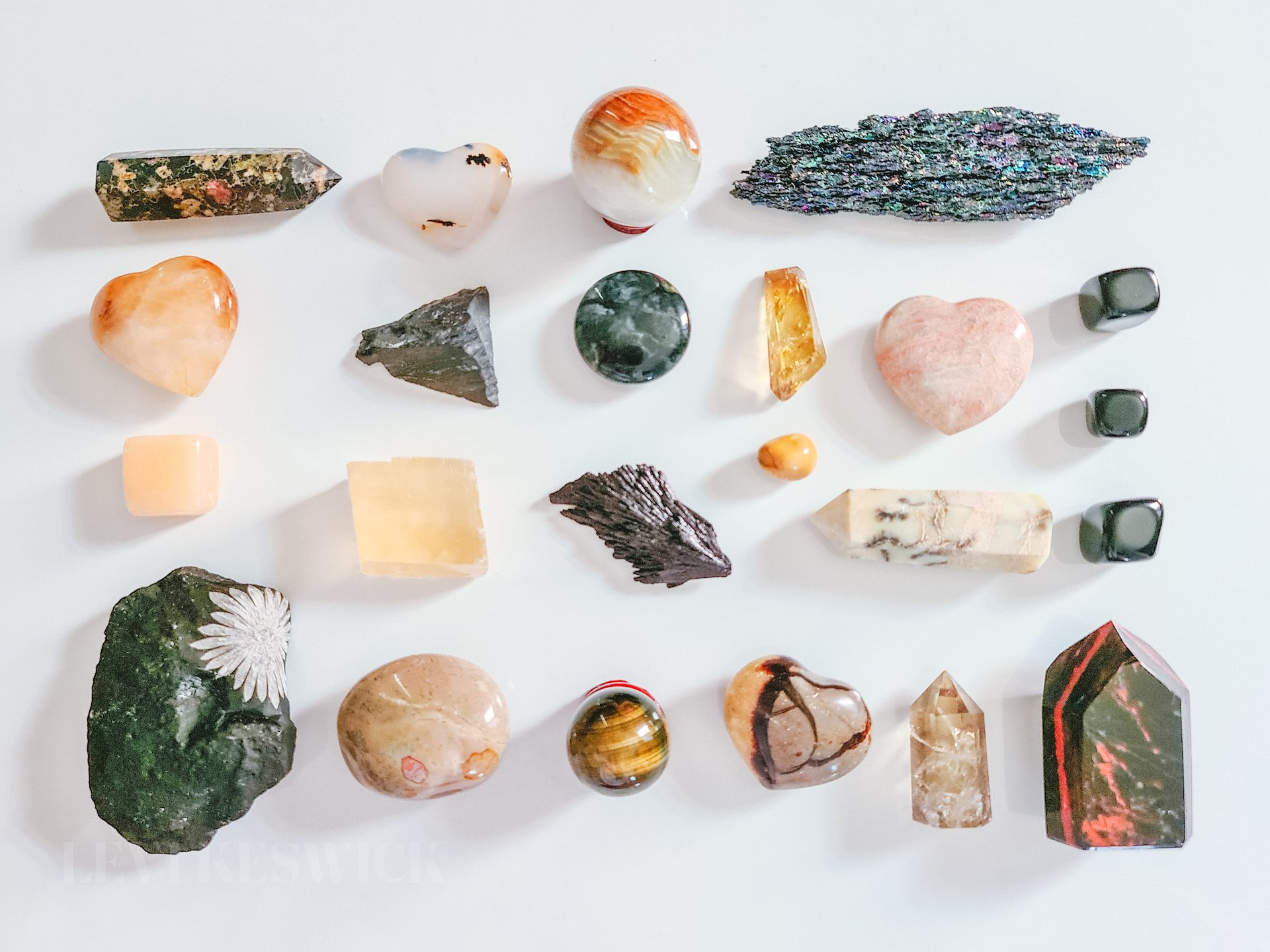Key takeaways:
- Musgravite is an extremely rare gemstone, even rarer than diamonds, that is sought after by rare gem enthusiasts.
- The name “Musgravite” is derived from the location of its discovery, the Musgrave Ranges in South Australia.
- The gemstone’s official name is Magnesiotaaffeite-6N’3S.
- Musgravite’s color can range from grayish-green to olive and even shades of purple.
- Musgravite has metaphysical properties, symbolizing joy, balance, and personal growth.
- Musgravite can fetch high prices due to its rarity, often exceeding $30,000 to $35,000 per carat.
What Makes Musgravite So Special?
Musgravite: A Testament to Rarity
Known for its rarity among the rare, musgravite is a gemstone that stands as one of the most elusive in the world. From its discovery in 1967 to 2005, there were only around 20 faceted musgravite gems identified. Even now, the discovery of new specimens is a rare occurrence. Its scarcity makes it a gemstone worth seeking out for rare gem enthusiasts.
The rarity of musgravite also makes it incredibly valuable, with prices often far exceeding those of even the most precious gemstones like diamonds. Its scarcity and high price often prompt the question: is musgravite a diamond? However, the answer is a resounding no. Musgravite stands as a gemstone in its own right, with a unique allure and appeal that sets it apart.
Chemistry and Characteristics of Musgravite
Musgravite is a beryllium aluminum oxide mineral, part of the taaffeite, or magnesiotaaffeite, mineral group. The presence of high amounts of magnesium, along with other elements such as iron, zinc, calcium, manganese, and gallium, imparts the gemstone with a unique chemical composition and properties.
Musgravite typically exhibits a vitreous luster, akin to glass, and varies in color from grayish-green to olive, purple, greenish-blue, or near-colorless. Its trigonal crystal structure, combined with its score of 8 to 8.5 on the Mohs hardness scale, makes it a durable choice for various forms of jewelry.
Musgravite: Steeped in History and Symbolism
The Joyful Gemstone: Musgravite’s Symbolism and Metaphysical Properties
Musgravite has gained a reputation as a joyful gemstone, symbolizing happiness in all its forms. Its predominant green color lends itself to representations of new beginnings, balance, and personal growth. Its other hues, such as purple, are associated with spiritual wisdom and enlightenment. The gray undertones can even provide emotional stability and improved concentration.
Despite its scarcity, musgravite is also associated with several healing properties, such as stress relief, promotion of success, increased optimism and positivity, and inner peace. These are only a few of the reasons why musgravite is considered a gemstone of great worth.
The Discovery and Distribution of Musgravite
The story of musgravite starts with its discovery in 1967 in the Musgrave Ranges of South Australia. For a long time, it was believed to be a variant of taaffeite. However, upon rigorous testing, it was officially described as a new mineral. From its initial discovery to the present day, musgravite has been found in only a handful of locations worldwide, including Australia, Sri Lanka and Madagascar.
Caring for Your Musgravite Gemstone
Taking proper care of your musgravite gemstone will be paramount to preserving its value and appeal. Although musgravite is relatively hard, ranking at 8-8.5 on the Mohs hardness scale, it still requires diligent and mindful maintenance. Here are some ways to maintain the beauty and longevity of your musgravite gemstone:
Cleaning Your Musgravite
Despite the gemstone’s hardness, it is essential to clean it gently. You can use warm water, mild soap, and a soft cloth or toothbrush to wipe away any dirt or oils. Avoid using harsh chemicals or ultrasonic cleaners, which can potentially damage the stone’s surface or alter its color.
Storing Your Musgravite
To prevent any scratches or other potential damage, it’s best to store your musgravite gemstone separately from your other jewelry pieces, especially those that are harder or have sharp edges. Ideally, you should keep it in a fabric-lined jewelry box or wrap it in a soft cloth.
Wearing Your Musgravite
Given the rarity and value of musgravite, it’s not typically worn daily. Reserve your musgravite jewelry for special occasions, and always remove it when doing rough work or any activities that may expose the stone to harsh chemicals or excessive force.
Insuring Your Musgravite
Given the high value of musgravite, it is a good idea to have it appraised and insured. This will help protect your investment in case of loss, theft, or damage.
Appreciating Your Musgravite
A musgravite gemstone is not just a piece of jewelry; it is a rarity among gemstones, a piece of Earth’s beauty captured in mineral form. The appreciation for musgravite goes beyond its price tag; it’s a symbol of rarity, of Earth’s mysteries, and of the immense value that can be found in small, unlikely places.
Musgravite is a gemstone for those who appreciate the unique and the extraordinary, for those who find beauty in the rare and the elusive. Owning a musgravite gemstone is not just about possessing a high-value gem; it’s about owning a piece of the Earth’s rarest treasures.
Conclusion
Musgravite is truly a gem in every sense of the word. Its rarity, beauty, and unique properties make it a prized possession among gem enthusiasts and collectors. While finding musgravite for sale might be challenging, the hunt can certainly be as exciting as the reward. This rare gemstone, with its fascinating history and extraordinary properties, symbolizes the inherent beauty and mystique of the Earth’s natural treasures.
Whether you are a seasoned gemologist, an avid gemstone collector, or a novice in the field, musgravite offers a thrilling exploration into the world of rare gems. Its story, spanning continents and decades, its elusive presence, and its exceptional beauty all combine to create a gemstone that transcends typical classifications. Indeed, musgravite is not just a gemstone; it is a testament to the Earth’s ability to create rare and remarkable beauty.








